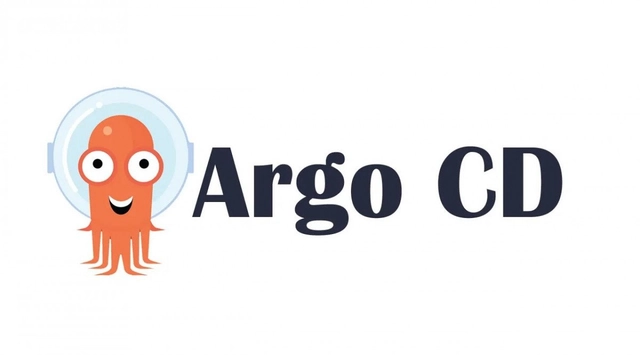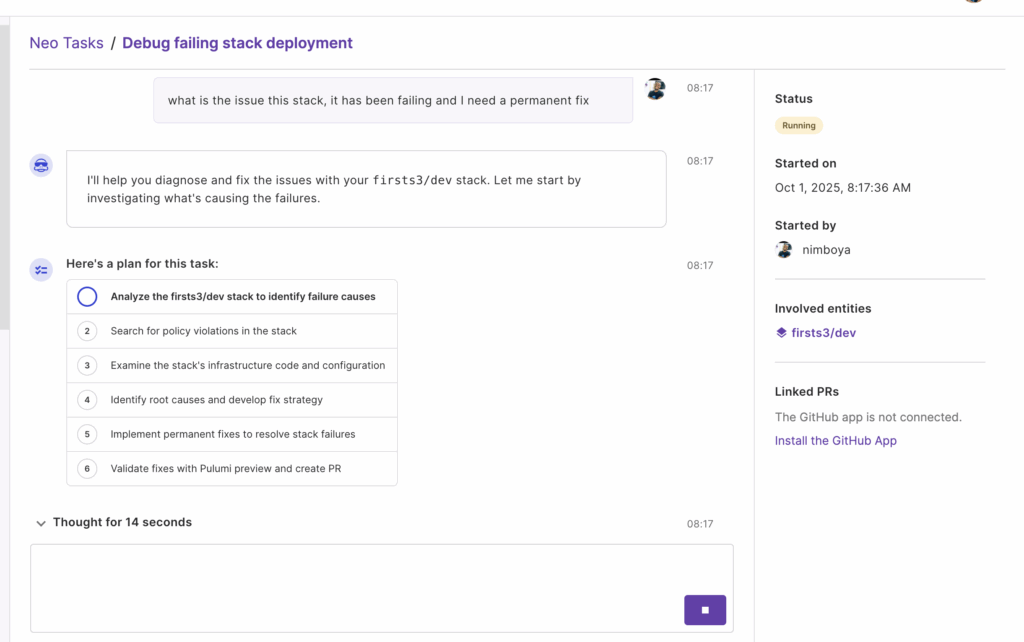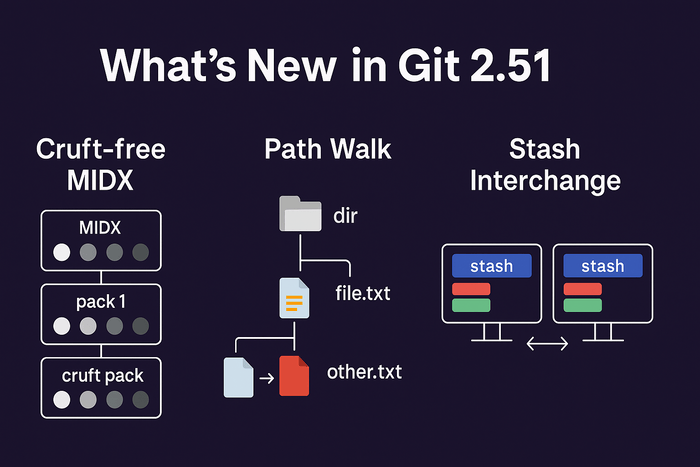ArgoCD is a declarative, GitOps-based continuous delivery (CD) tool designed for Kubernetes.
It automates the deployment and lifecycle management of applications in Kubernetes clusters by leveraging Git repositories as the single source of truth for desired application states.
ArgoCD ensures that the live state of your applications in Kubernetes always matches the desired state defined in your Git repository, enabling a consistent, auditable, and automated deployment process.
ArgoCD is part of the Argo Project, a suite of open-source tools for Kubernetes orchestration, and is widely adopted for its simplicity, flexibility, and robust GitOps capabilities.
Key Concepts of ArgoCD
GitOps: GitOps is a paradigm where Git repositories are used to manage infrastructure and application configurations. ArgoCD implements GitOps by continuously monitoring a Git repository and automatically applying changes to the Kubernetes cluster whenever the repository is updated.
Declarative Configuration: ArgoCD uses declarative YAML files to define the desired state of applications. These files are stored in Git, making it easy to version, review, and roll back changes.
Self-Healing: If the live state of an application deviates from the desired state (e.g., due to manual changes or errors), ArgoCD automatically reconciles the differences, ensuring the system returns to the desired state.
Components of the ArgoCD System
ArgoCD API Server: The core component that exposes the ArgoCD API and UI. It handles authentication, authorization, and communication with Kubernetes clusters.
Repository Server: Fetches and caches Git repositories, Helm charts, and Kustomize configurations. It ensures that the latest application manifests are available for deployment.
Application Controller: The brain of ArgoCD, responsible for monitoring the desired state in Git and reconciling it with the live state in the Kubernetes cluster. It performs tasks like deploying, updating, and deleting resources.
Redis Cache: Used to improve performance by caching application manifests and other data.
User Interface (UI): A web-based dashboard that provides a visual representation of applications, their status, and synchronization details.
CLI (Command Line Interface): A tool for managing ArgoCD from the command line, enabling automation and integration with CI/CD pipelines.
How ArgoCD Works
ArgoCD operates on the principle of GitOps, where the desired state of applications is defined using Kubernetes manifests, Helm charts, or Kustomize configurations stored in a Git repository. It continuously monitors this repository and automatically syncs any changes to the Kubernetes cluster, ensuring the live state always matches the desired state. If discrepancies arise—such as manual changes or errors—ArgoCD reconciles the differences, bringing the cluster back in line with the Git-defined configuration. Additionally, since all changes are versioned in Git, teams can easily audit deployments and roll back to previous states if needed, providing a robust and transparent workflow for managing applications in Kubernetes.
Use Cases and Real-World Applications
Continuous Delivery for Kubernetes: ArgoCD is widely used to automate the deployment of applications to Kubernetes clusters, ensuring consistent and reliable delivery.
Multi-Cluster Management: Organizations with multiple Kubernetes clusters use ArgoCD to manage deployments across environments (e.g., dev, staging, production) from a single Git repository.
GitOps Workflows: Teams adopt ArgoCD to implement GitOps practices, enabling collaboration, version control, and auditability for infrastructure and application configurations.
Self-Service Platforms: ArgoCD can be used to create self-service platforms where developers can deploy and manage their applications without needing deep Kubernetes expertise.
Compliance and Security: By using Git as the source of truth, ArgoCD ensures that all changes are tracked, reviewed, and approved, enhancing compliance and security.
Hybrid and Multi-Cloud Deployments: ArgoCD supports deployments across hybrid and multi-cloud environments, making it ideal for organizations with diverse infrastructure needs.
Real-World Examples
Spotify: Spotify uses ArgoCD to manage deployments for its microservices architecture, ensuring fast and reliable delivery of new features. See how they did it.
Intuit: Intuit leverages ArgoCD to implement GitOps practices, enabling seamless collaboration between development and operations teams. See how they did it.
BlackRock: BlackRock uses ArgoCD to manage its Kubernetes-based infrastructure, ensuring consistency and compliance across environments. See how they did it.
You can get started with setting up ArgoCD for all your application delivery needs from the official documentation.
Conclusion
ArgoCD is a powerful tool for implementing GitOps-driven continuous delivery in Kubernetes environments. By leveraging Git as the single source of truth, ArgoCD simplifies application deployment, ensures consistency, and enhances collaboration between teams. Whether you’re managing a single cluster or a complex multi-cloud environment, ArgoCD provides the tools and flexibility to streamline your workflows and deliver applications with confidence.
Instead of managing multiple YAML files or Helm charts integrated with ArgoCD, you can use a Mono Chart that will simplify your CD delivery process.






